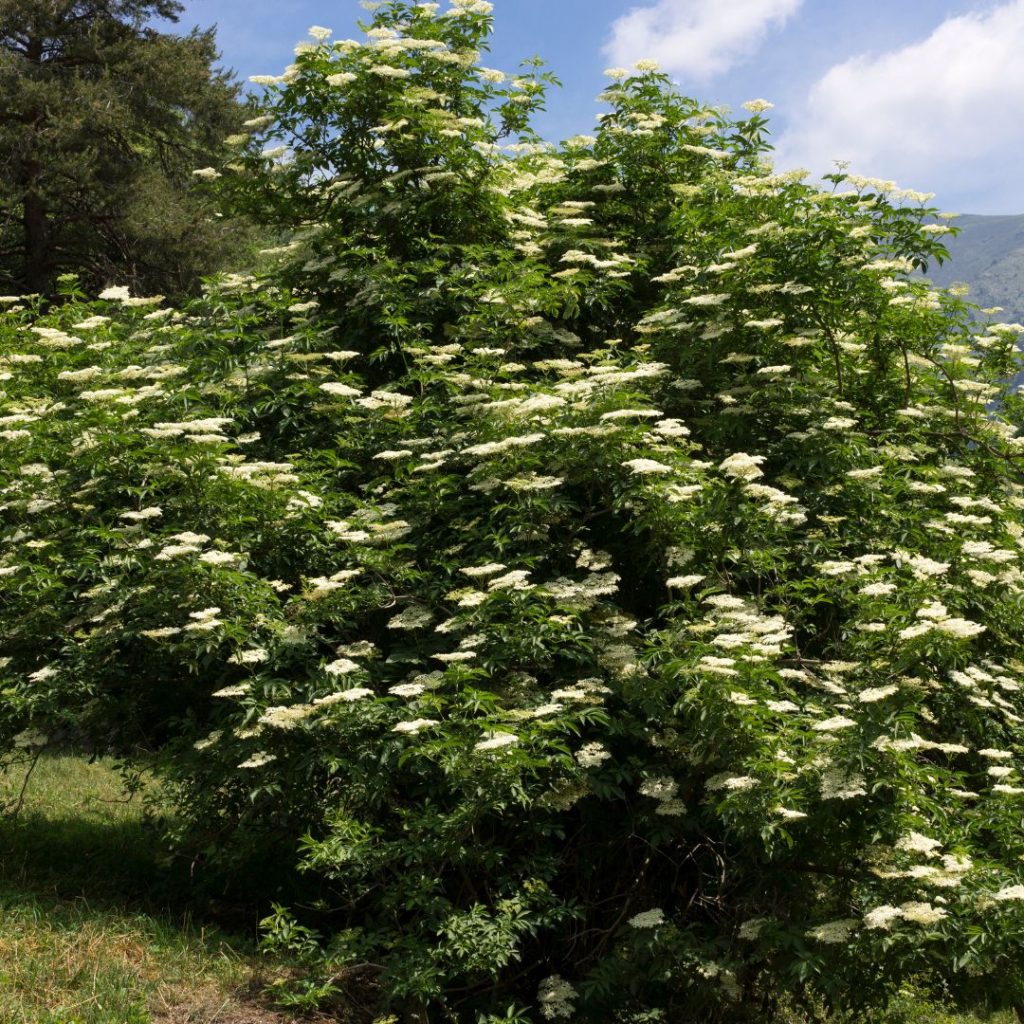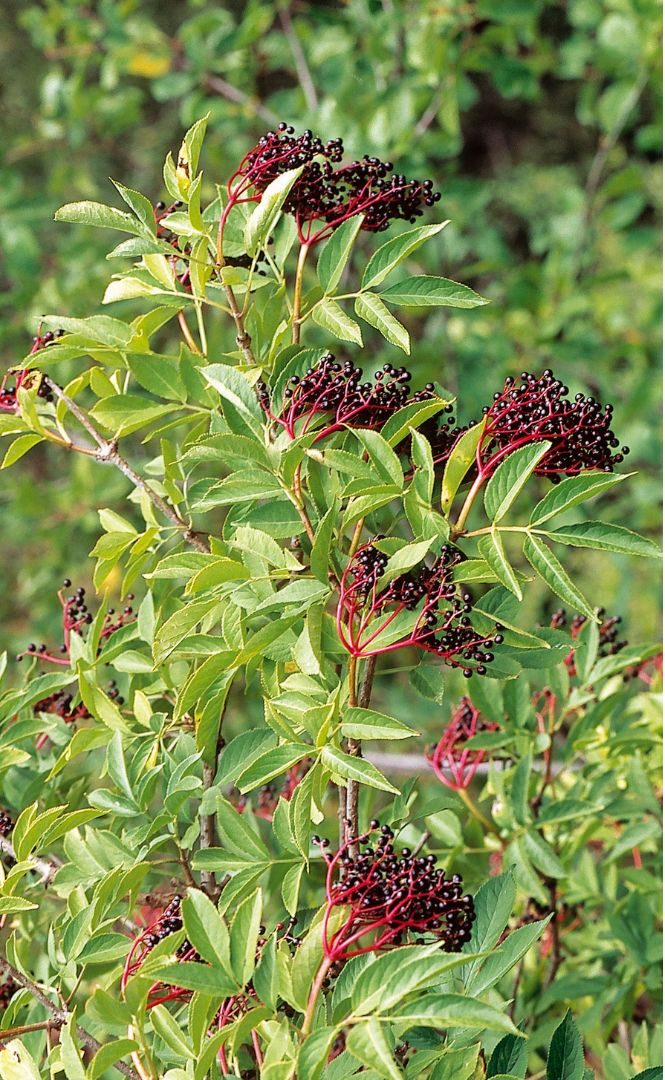The phenological seasons are shifting

The garden year can be divided into ten different stages, which are associated with the appearance of certain developmental steps in typical plants in the area. These include flowering, leaf emergence, fruit ripening and leaf fall. Due to the rise in temperature, the phenological seasons have shifted in recent years. Spring now begins earlier and fall later.
We were able to observe this phenomenon particularly well in our gardens this year. Our cherry tree was almost a month early, as was the apple blossom. A massive shift was also observed in agriculture this year, following a trend that has been ongoing for several years.
Climate change leads to
- a postponement of sowing and harvesting dates
- Advance flowering of fruit trees and shrubs
The apricot blossom in the Wachau was two to three weeks earlier than normal, the pear and apple blossom and also the rape blossomed at least two weeks earlier.
Further effects are
- the pre-displacement of the appearance of butterflies
- an extension of the flight time for insects
- the associated longer rearing period for several generations
- the earlier time of arrival and start of breeding for migratory birds
Unsurprisingly, this February and March were the warmest since records began over 260 years ago and the 30 degree mark was reached for the first time in mid-April.
Black elder is a good indicator plant
 GeoSphere Austria has been observing the phenological seasons for a long time - also with the help of lay observations via the app Nature calendar. Helfried Scheifinger, phenologist at GeoSphere Austria, explains that the temperature sensitivity of plants can be seen particularly well in black elderberry. The fruit ripening of the black elder shifts by ten days for every one degree Celsius and the flowering time also reacts strongly to the higher average temperatures.
GeoSphere Austria has been observing the phenological seasons for a long time - also with the help of lay observations via the app Nature calendar. Helfried Scheifinger, phenologist at GeoSphere Austria, explains that the temperature sensitivity of plants can be seen particularly well in black elderberry. The fruit ripening of the black elder shifts by ten days for every one degree Celsius and the flowering time also reacts strongly to the higher average temperatures.
Here is an example: While the black elderberry started flowering in 1955 on June 7 at a spring temperature of around 7.6 degrees Celsius, in 2018 it was already on May 3 at around 12.7 degrees Celsius.
Nature calendar - Citizen Science Community
There is a nature calendar community that records the phenological events in the ZAMG nature calendar app. Those who take part actively help to research the seasons and the climate! Click here for information on the nature calendar.






